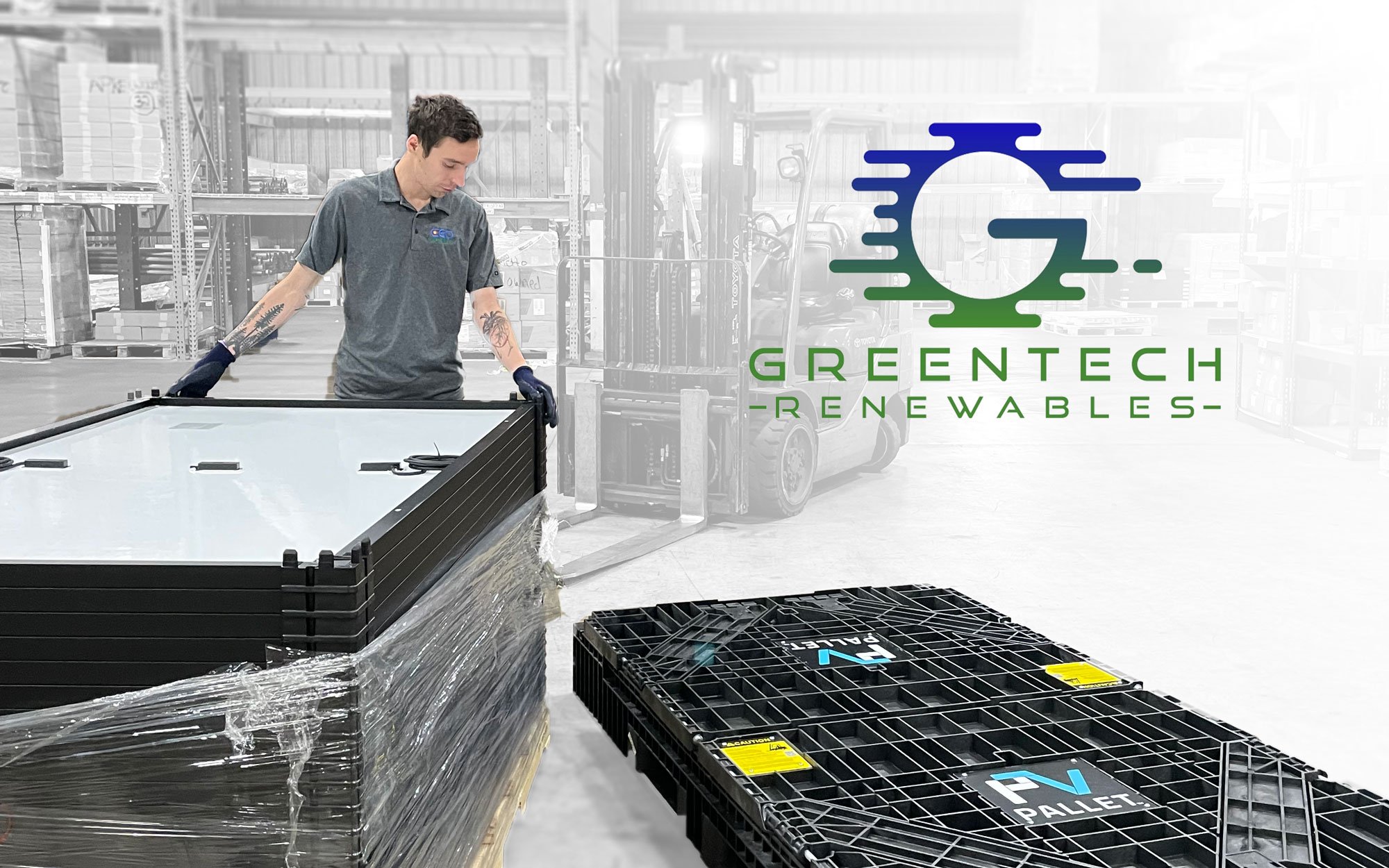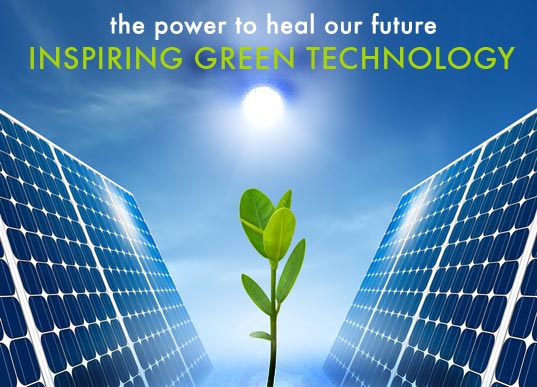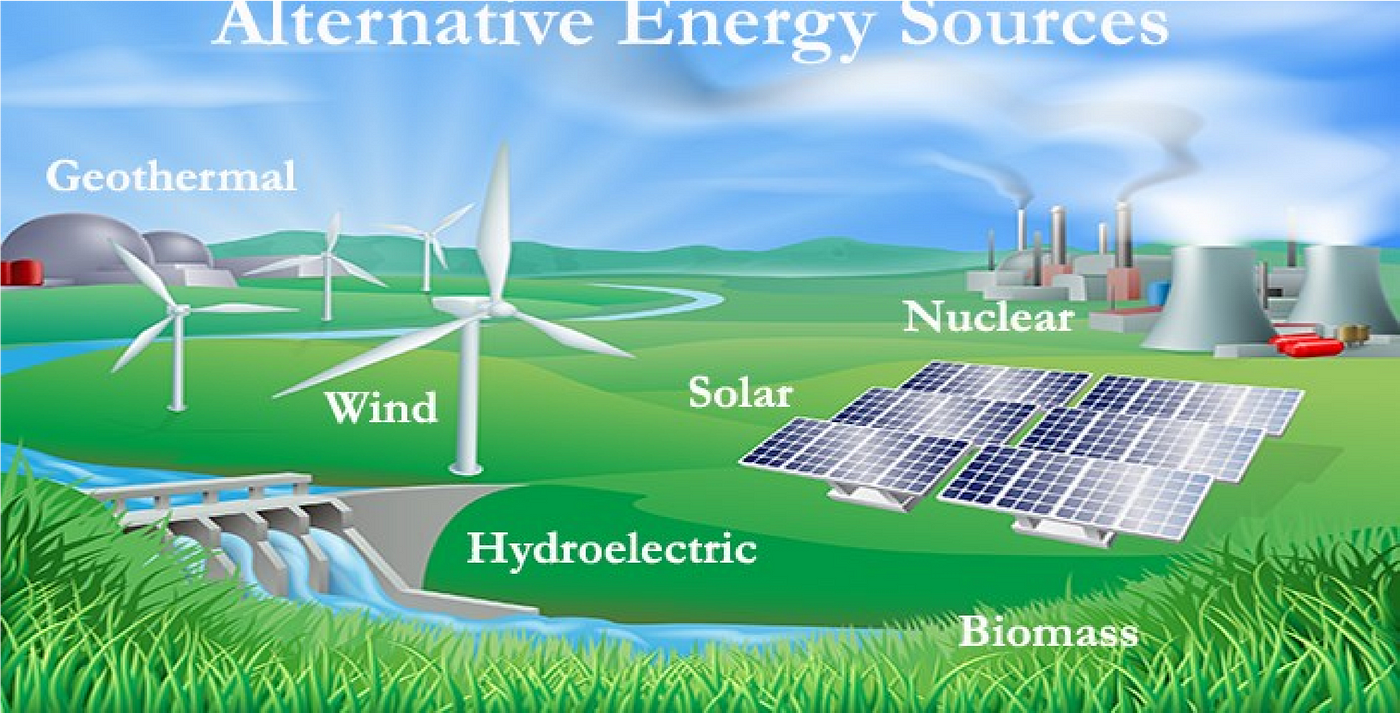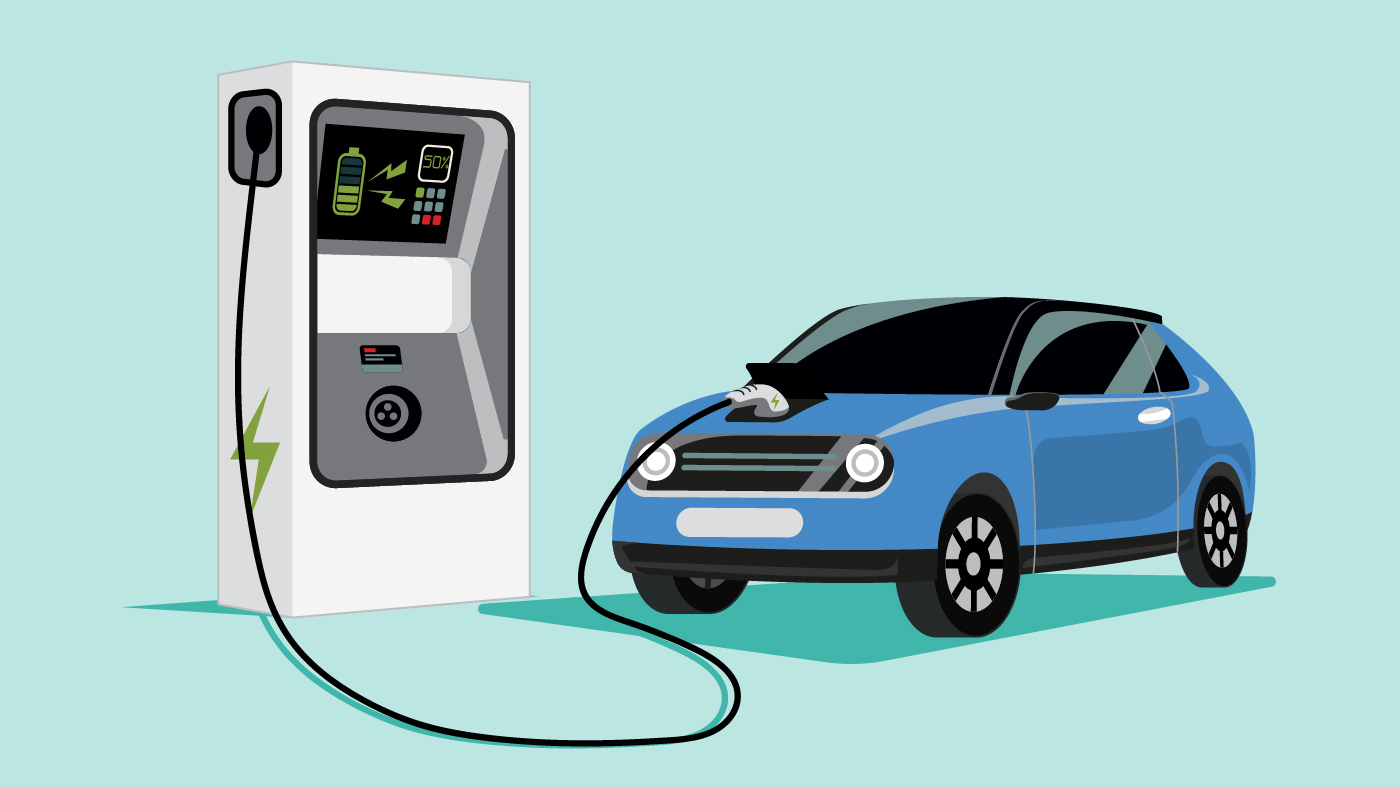
What Is Green Tech? How It Works, Types, Adoption, and Examples
Green tech alludes to a sort of innovation that is viewed as harmless to the ecosystem in light of its creation cycle or its store network. Green tech a shortened form of "green innovation" can likewise allude to clean energy creation, the utilization of elective fills, and advances that are less destructive to the climate than petroleum derivatives.
Albeit the market for green innovation is generally youthful, it has earned a lot of financial backer premium because of expanding mindfulness about the effects of environmental change and the consumption of regular assets.
Understanding Green Tech
Green innovation is an umbrella term that portrays the utilization of innovation and science to make items and administrations that are harmless to the ecosystem. Green tech is connected with cleantech, which explicitly alludes to items or administrations that work on functional execution while likewise decreasing expenses, energy utilization, waste, or adverse consequences on the climate.

The objective of green tech is to safeguard the climate, fix harm done to the climate previously, and monitor the World's normal assets. Green tech has likewise turned into an expanding industry that has drawn in colossal measures of venture capital.
The utilization of green tech can be an expressed objective of a business portion or an organization. These objectives are commonly illustrated in an organization's natural, supportability, and administration (ESG) explanation, or could be tracked down in the statement of purpose of a firm.
Progressively, socially dependable financial backers are hoping to limit their forthcoming speculations to just incorporate organizations that explicitly utilize or deliver green innovations.
History of Green Tech
While green tech has become progressively well known in the advanced age, components of these strategic approaches have been being used since the Modern Upheaval. Starting in the mid nineteenth 100 years, researchers started to notice the biological effects of coal-consuming modern plants, and makers have tried to decrease their negative natural externalities by adjusting creation cycles to deliver less residue or waste side-effects.

In the US, one of the main achievements was WWII. To lessen utilization and waste, in excess of 400,000 workers started gathering metal, paper, elastic, and different materials for the conflict exertion.
Following the conflict, researchers like Rachel Carson started cautioning of the outcomes of substance pesticides, while specialists abroad announced strange diseases related with atomic radiation. Many highlight this period as the beginning of the environmental development, which tried to save biological systems and assets while bringing issues to light of the outcomes of out of control innovation.
Government bodies gradually perceived the significance of safeguarding natural assets. Curbside reusing programs became normal throughout the next many years, bringing issues to light about family squander. The Natural Security Office, laid out in 1970, set firm necessities on contamination and waste and laid out orders for coal scrubbers and other clean advancements.
Types of Green Tech
Green innovation is a general class that incorporates a few types of ecological remediation. While environmental change and fossil fuel byproducts are presently considered among the most squeezing worldwide issues, there are likewise numerous endeavors to address neighborhood ecological risks.

A look to safeguard explicit biological systems or imperiled species. Others try to preserve scant normal assets by tracking down additional feasible other options.
Alternative Energy
To give a suitable option in contrast to petroleum products, numerous organizations are looking to design elective wellsprings of energy that don't create environmental carbon.

Sun oriented and wind power are currently among the most economical wellsprings of energy, and sunlight powered chargers are reasonable to U.S. mortgage holders at a customer scale. Different other options, like geothermal and flowing energy, still can't seem to be conveyed at scale.
Electric Vehicles
Almost 33% of U.S. ozone depleting substance outflows are delivered by transportation exercises, as per the Natural Insurance Office. Numerous producers are investigating ways of diminishing car emanations, either by planning more eco-friendly motors or moving to electrical power.

Notwithstanding, electric vehicles require a large group of developments in different circles, like high-limit battery-powered batteries and charging foundation. Likewise, the advantages of electric vehicles are restricted by the way that many power lattices actually depend on petroleum derivatives.

